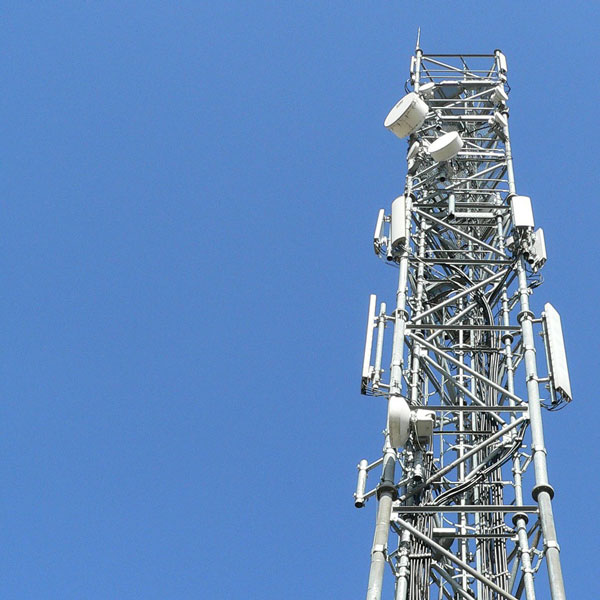In practice, the telemetry principle is based around sensors (for instance pressure, ultrasonic, flow, temperature, level sensors, etc.), transmission paths, and a display, recording, or control device. As a technology, it is capable of functioning with intermittent and low-speed communications and applies the following concepts: Establishment of a connection before communicating, exchange of data blocks in non-real-time (even in high-latency scenarios), and ability to communicate with the same device via different media. In all cases, telemetry requires reliable communications equipment such as telephone lines, GSM or SMS (for example for sending warning or error messages). Higher speed ADSL or fiber networks may also be a possibility for data transmission. Traditionally based on PSTN or GSM technologies, the world of hard wired and wireless telemetry systems is changing.
The arrival of the Internet of Things is shifting the goalposts. The industrial IoT offers notable advantages such as excellent communication capacity over long distances, low equipment costs and low monthly subscription rates. It may prove to be a complementary technology, useful for traditional telemetry systems and offering good performance for covering remote inaccessible points. The potential for this technological complementarity has been taken into account in Panorama software. Both in terms of communication equipment and functional coverage, you have all the tools required to create a telemetry application that meets your operational needs. Codra’s long-standing experience in this type of application guarantees the robustness and durability of the Panorama solution.








